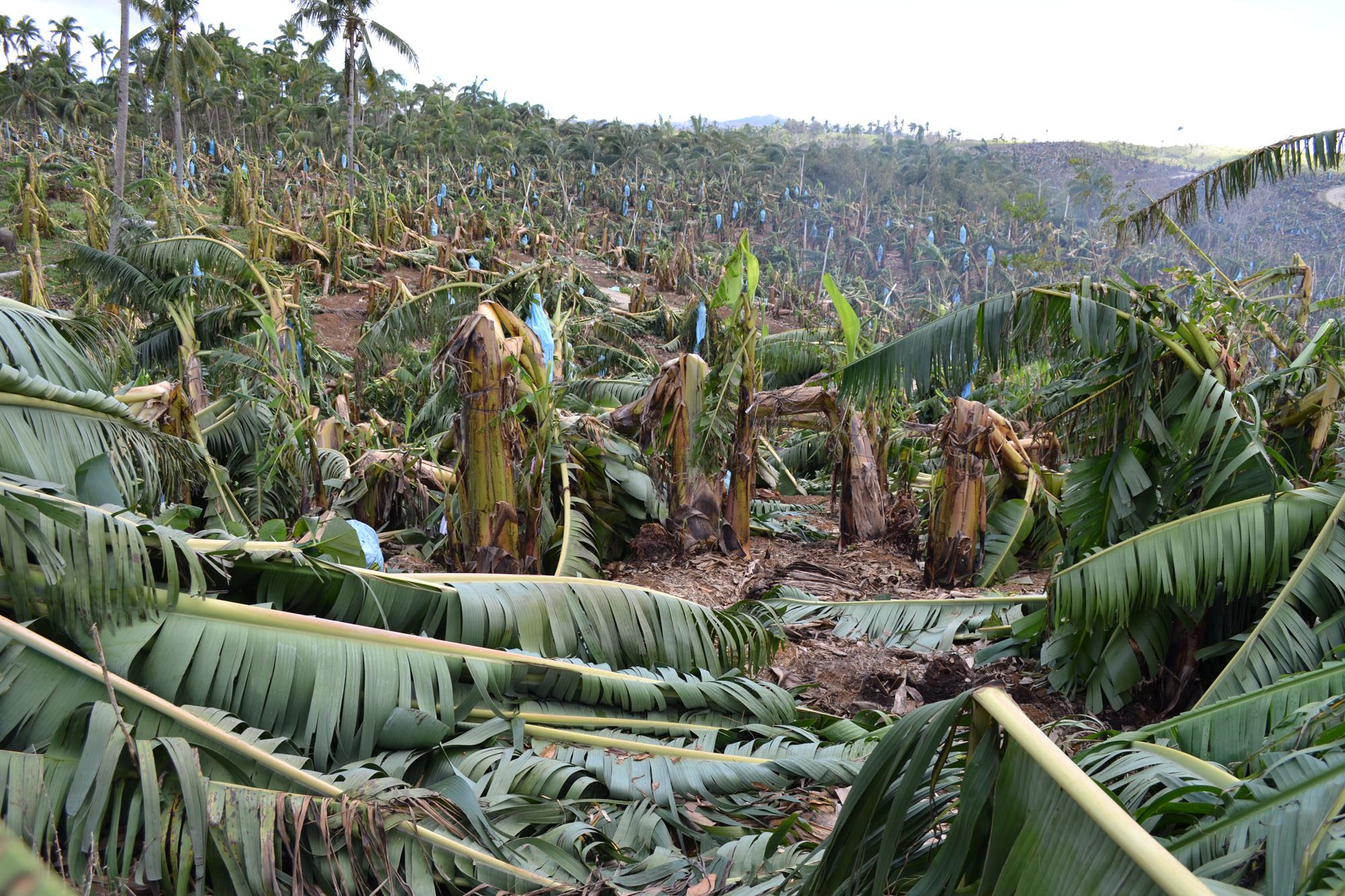Typhoon Bopha in the Philippines
The situation
Typhoon Bopha, known locally as Pablo, has hit the southern Philippines with more than five million people caught in its path. More than 360,000 are now staying in evacuation centres or with friends and relatives, according to the UN. National Disaster Risk Reduction Management Council chief Benito Ramos said on 10 December at least 647 people were killed. Another 780 remained missing.
In the hardest hit areas in the Compostela Valley, entire villages were wiped out by a deadly slurry of mud, rocks and timber that cascaded down the slopes minutes after Bopha made landfall on 4 December.
The typhoon slammed into the eastern coast of Mindanao Island – some 900km south of the capital, Manila – triggering landslides in mountainous areas where decades of migration had seen entire communities settle in flood-prone zones. The storm’s gusts reached over 200km an hour at its peak, making it the strongest typhoon to hit the country this year.
What Oxfam is doing
In the wake of the powerful typhoon, we have started an emergency response in the hardest hit communities.
Working with the Humanitarian Response Consortium – a group of local agencies – our key priorities include getting clean, safe drinking water to disaster-hit areas and establishing basic sanitation facilities.
Water treatment supplies and hygiene kits are being sent to the worst-hit areas in Compostela Valley and Davao Oriental provinces, where around 505,000 people have been severely affected. Our emergency response will also include providing cash support and starting cash-for-work projects to help families buy food, clothing and shelter needs.
Our humanitarian program coordinator, Paul del Rosario, said it would take a long time for people to recover from the impact of Typhoon Bopha.
“The needs are enormous. In the short term, we need to get people urgent help – basic shelter and access to safe water and food.
“In the medium to longer term, we need to support families with livelihoods. Farming communities have been the worst hit and it could take many years for them to fully recover,” he said.
The emergency response is expected to last for seven months and will target 12,000 families. It will be the biggest rural response to a natural disaster that the agencies have ever mounted in the Philippines.
How you can help
You can help by making a donation to our International Crisis Fund today.
